Are you living with knock knees? Are your legs (knees and ankles) not properly aligned? Do you know the health implications your leg structure has upon your health?
Knock knees can be a serious health concern if left unattended.
My own experience, observation, and interaction with other people over a period of time have informed me that the majority of the urban population (leave alone the rural) in India is not aware of this condition.
That is the reason why I have written this article to inform my readers about knock knees through my own journey in the simplest way possible.
What is Knock Knee or Genu valgum?
Knock Knee is a medical condition where a person’s knees hit (or knock) each other while walking. The medical term for knock knees is Genu Valgum.
In many cases, people suffering from knock knees cannot join their feet together while standing or straightening their legs.
Apparently, the female population suffers more from this condition as compared to its male counterpart.
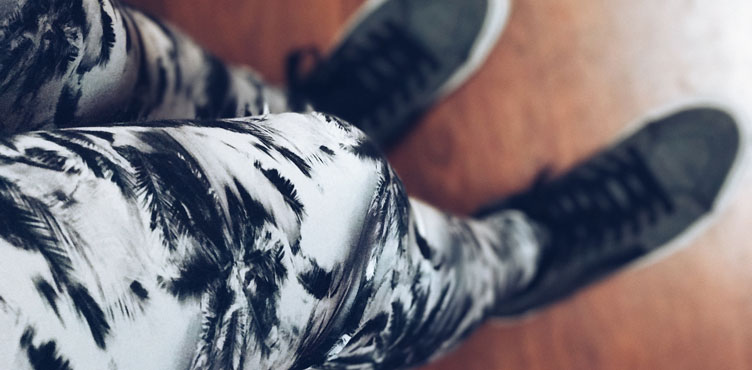
A little misalignment is not a problem but medical examination and support are important for severe knock knees.
Children are usually born with bow legs and continue to have those by the age of 18 to 24 months.
Now, when they start walking and running, their knees tend to bend inwards due to the structural imbalance caused by weak (yet to strengthen) legs.
Hence, they develop knocking knees and the condition stays till the age of 5 or 6 years, also known as knock knees in toddlers.
By this age, the majority of children have a normal leg structure. However, this may not be the case with some who, as a result, need medical attention in order to avoid long-term problems.
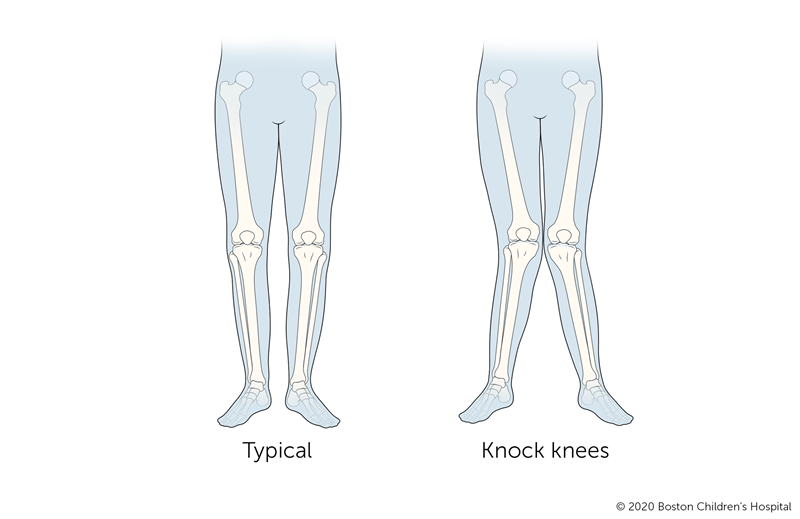
A lack of Vitamin D and Cozen’s phenomenon (valgus deformity) are two major causes of knock knees among children.
Adults also develop knock-kneed legs due to various factors, here are the probable cause of knock knees in adults.
Common Causes of Knock Knees in Adulthood
- Bone infection
- Bone disease like Rickets
- Vitamin C deficiency
- Overweight
- Osteoarthritis
- Injury
- Genetic conditions like Cohen’s syndrome and Pyle disease.
What I want to focus in this post is how we ignore our health by giving my own life’s examples.
The fact that the majority of the population even today is not aware of the seriousness of this condition makes it all the more important for us to talk about it.
Either people are simply ignorant or they don’t see it as a health concern. This post is an effort to make your living with knock knees a better experience.
Different factors affect our approach to life.
I am presenting to you some of the factors that led to my ignorance for years, in the form of anecdotes. I touch upon the elements in the social fabric that become our guiding force including family, friends, acquaintances, and one’s own self.
Positive vs Critical Thinking
I have had many incidents of people commenting on how I sit and walk, be it home, school, college, or workplace.
In most cases, this was a way to tease me. Therefore, I chose to ignore and smile over it.
I had this view that everyone walks differently, so do I.
My colleagues and friends always appreciated me for having a positive outlook on everything.
Therefore, I was in complete acceptance with my body, and people’s teasing never resulted in critical thinking.

The thought that there could be an underlying health concern did not register in my mind till the time a friend asked me if I had any problem in running.
‘Yes, I can very well run’- was my answer. I never did sports activities or regular exercises.
Thus, I wasn’t really sure if I could run. This friend also informed me that his brother had a similar leg structure in his childhood which was corrected under the supervision of a doctor.
I discussed the matter with my family but we concluded that I should not overthink it as there was nothing wrong with me.
My mom had seen many girls with such leg structure and it was completely normal.
You know, in India, middle-class parents would take forever to accept that their children have any health concerns because everything is directly connected to their marriages.
Ignorance vs Information
After a few days, another classmate commented that defense services won’t select me because I had knocked knees.
Believe me, even after living in Delhi for years, being raised by educated parents, and having studied in one of the best universities, I was listening to this term ‘knock knees’ for the first time.
I was already 24 by then. I thank this classmate because it’s only he who gave me a term that I could search upon and gain some knowledge about.

After some internet search, I gathered that I was living with knock knees.
I also got to know that the condition is pretty common among children. However, their legs form a normal leg structure by the time they are six or seven years old.
If it still persists there are measures to correct it among children but the probability of rectification goes down among adults.
Additionally, one should not worry if the gap between his/her ankles is not more than a few centimeters. Since I did not face any of the warning signs mentioned on the internet (such as arch and knee pain), I ended the search.
I still did not do anything about my legs but I certainly was more informed.
Importance of Foresightedness
I should accept that I was worried if I was ‘okay’ or not during my research on the subject.
Perhaps I was looking for the exact definitions and explanations of things in ‘present’ and therefore, I overlooked the probable additional health concerns that may occur in the future.
Over the course of time, I started having pain in my arch and ankles. I did not know what but knew that my leg structure had contributed to it.
This time my husband came in and searched thoroughly about the subject. He suggested that I should see an orthopedic doctor even when I didn’t think it could be corrected.

I did some research and figured out one of the best orthopedic hospitals in Delhi.
The doctor informed me that at this age knock knees surgery is the only way of correcting the structure which he would not suggest me to undergo.
He also told me that the gap between the ankles increases over the period of time. Therefore, in order to prevent this, I had to take up supportive measures as preventive knock knees treatment.
This possibility of broadening the gap had never occurred to me. I felt nervous about it.
The doctor advised me to go to an orthotic center and get a shoe insole with arch and heel support.
He also taught me some knock knees exercises that I had to follow in order to prevent any knee damage which is very likely among people living with knock knees.
Yoga is often suggested as a solution to bring the knees back into alignment and provide relief for those who suffer from knock knees.
Living with Knock Knees – Things to Know

- Apart from the appearance, sitting posture and gait, the condition affects our feet, knees, and hips.
- Our body weight bypasses our knees and goes directly to our ankles and arch area that causes regular feet pain.
- The cause of knock knees does not have much to do with knees but with the placement of thigh bones in relation to hip bones.
- The probability of Knock knees correction is high among children but pretty low in adults depending on the severity of the condition. Perhaps regular yoga and knock knees specific exercises may prove to be helpful. (I suggest you to know about your knees and bone health and consult your doctor before trying any exercise on your own).
- Your body weight is directly proportionate to your feet and knee pain.
- Leg X-ray prints and footprints are major decisive factors for deciding upon the appropriate measures.
- In some people, one leg suffers more inward knee bend than the other.
I know that knock knees are not attractive but that does not mean I hate my knock knees, I just want them to be normal. Knock knees can be a real deal-breaker for some people. After all, knock knees are quite noticeable and can often give people the wrong impression of you.
Here are a few things you should consider doing if you are living with knocked knees.
Living with Knock Knees – Things To Do

- Accept your body (leg) structure and gain knowledge about factors affecting it and its underlying health implications.
- Know about your feet type and distance between ankles to determine the kind of feet support you need.
- Avoid walking barefoot in order to take proper care of your legs.
- In addition to your formal shoes, get a pair of custom-made home slippers with arch and other necessary support.
- Do regular exercises to strengthen feet, knee and hip muscles and bones.
- Continue with regular intake of Calcium and Vitamin D, if suggested.
- Keep a check on your weight.
Yoga for Knock Knees
In our current society, many people experience a variety of health issues. In recent years, yoga has grown in popularity as a way to maintain a healthy lifestyle.
Yoga exercises are especially beneficial because they can be used to help those with knee conditions such as knock knees.
Clinical studies have shown that yoga helps to improve the mobility and stability of the joints, reduce pain, and strengthen muscles.
Here are some exercises for knock knees in yoga you should try…
1. Butterfly Flutters
If you do yoga, then you must have done this or seen someone doing this. This is a relatively easy one to do.
It’s a posture that stretches your knee cap and other adjoining muscles so that they can be aligned better over time.
As you flutter and bring your knee towards the ground, your knee alignment will keep getting better.
2. Side Lunges
A good way to tone your legs is with side lunges. It’s good for your inner thighs, toning the outer thighs, and improving your balance.
They also help align your knees so that you improve your posture and stance. Here’s how you do a side-lunge: stand tall, with feet hip-width apart.
Take a wide step to the left. Bend your left knee, as you push your hips back. Push off with your left leg to return to the standing position.
3. Sumo squats
If you observe carefully, then you will figure that doing sumo squats will move your knees outward.
This movement helps in pushing the kneecap and the other muscles to their right location, and that’s why this exercise is considered to be one of the best when it comes to rectifying knock knees.
You can notice that doing sumo squats moves your knees out. This movement helps in pushing your kneecap and other muscles to their right position, so this exercise is considered one of the best when it comes to correcting knock knees.
4. Leg raises
You can even do sitting leg raises. You can do sit-leg raises.
You can raise them to 180 degrees if you sit on the chair here. You can lie down and do leg raises.
Put your hands under your butt and lie down.
If they make a 90-degree angle with your upper body, hold it for a few seconds and bring them back.
Do it ten times. You will feel your lower back in your hands. You do them the same way in bed.
5. Cycling
Not a yoga, but worth considering as an exercise, if you are living with knocked knees.
Most people would have thought that a simple exercise like cycling would not have any effect on their knees, but it can!
By regularly cycling for at least 30 minutes, you’ll improve your posture and position your knees better.
- Aerobics for Beginners – Type & Benefits of Aerobic Exercises
- Treadmill Workout for Beginners – How to Make it Fun
Wrapping It Up
I believe that in order to live a happy life we should have a positive approach and should not think too much about anything.
But at the same time, it is very important to be able to think critically about matters that concern us.
These were my life’s experiences and learning.
What is your story? Are you also living with knock knees?
Do you know someone who has this condition? Please feel free to comment and share this information with others.
Note: The above information is solely based on author’s discretion. Please consult your doctor before making a decision on your specific health concerns.
What are Knock Knees?
Knock knees (also referred to as genu valgum) is a condition that causes one’s knees to turn inward, which can lead to awkward gaits and back pain. It is just the opposite of bowlegs. The severity of this condition ranges from mild knock-kneed to severe cranial tibial dysplasia, but it can be treated through a series of intense exercises daily.
What are the Causes of Knock Knees?
Knock knees are caused by a muscle imbalance in the hips, thighs, and quadriceps muscles. The condition may be hereditary or may be caused by an injury or other medical conditions such as Bone infection, Bone disease, Vitamin C deficiency, Overweight, etc. A lack of Vitamin D and Cozen’s phenomenon (valgus deformity) are two major causes of knock knees among children.
What is Knock Knees’ medical term?
Knock knees are medically termed as Genu Valgum.
How do I know if I have Knock Knees?
Knock knees, is a medical condition that affects joints and bones. The knees bend inward and the feet turn outward. You may think that you have knocked knees if your knee cap is not in line with your other leg. Knock knees can be caused by an underlying health issue like dysplasia or osteoarthritis and it can also be caused by lack of exercise or muscle weakness.
How to help a Child with Knock Knees?
Knock knees can make it hard for kids to walk, run, or do other physical activities. If you notice your child experiencing pain or difficulty with their knees, it’s a good idea to bring them to the doctor and get them checked out.
Is Knock Knees bad?
No, knock knees are not bad. They are just abnormal conditions. Many children are born with knocked knees. In general, knock knees do not cause any problems. However, knock knees can cause a few problems if they are misdiagnosed or not treated properly.
Celebrities with Knock Knees
Though there is no official confirmation about the following celebrities having knock knees. i.e. Karolina Kurkova, Anna Kendrick, Katherine Heigl, Katie Holmes. But their publicly available pictures suggest that they could also have been affected by the knocked knees condition.
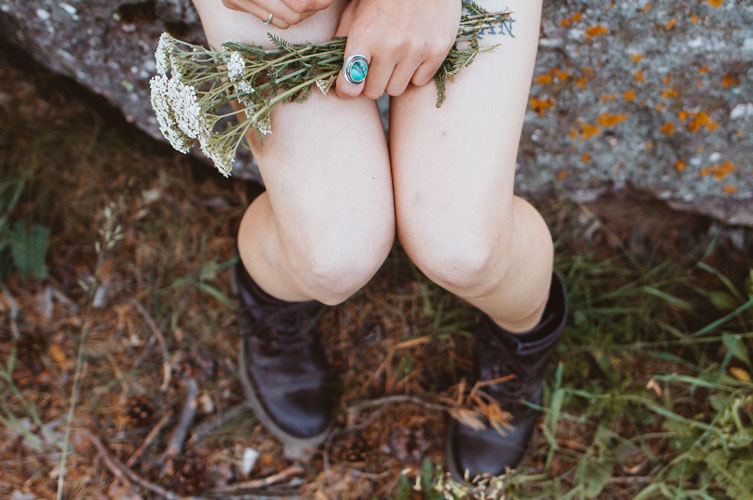


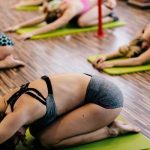
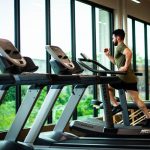
Perhaps you can suggest some measures that parents could take for their younger children and also provide slightly clear view about its identification to know that doctor’s consultation is required..
This is a natural phenomenon among children after they start walking. It is a part of the structural balancing process. And usually, it gets corrected by the time children are in the age group of 5-7 years. You need to consult the doctor when you still see that there is a gap between the ankles of your child while standing, at the age of 7. Nowadays, children are given vitamin D supplements at the time of birth to be continued for next one year. So, do not skip that and give specific attention to their bone health.
Very straightforward and helpful, thank you!
Thank you for this. I am living with knocked knees without difficulty until recently i had a muscle tear on the same knee. Since you mentioned the heel and arch support. Do you recommend any particular brand or have you tried wearing knee cap for extra support?
Thank you so much for writing this article! I’m 20 and I have recently started to notice that I have knock knees and it has lowered my self esteem immensely. I came across this article while desparately searching for exercises to correct it but reading this has definitely made me a bit positive about the condition. I will consider consulting a doctor soon. Lot of love!